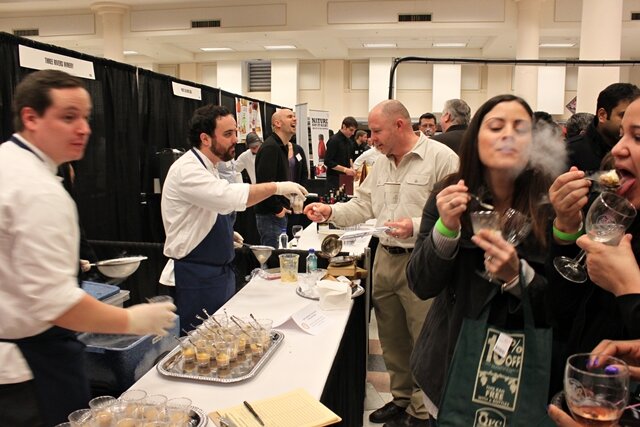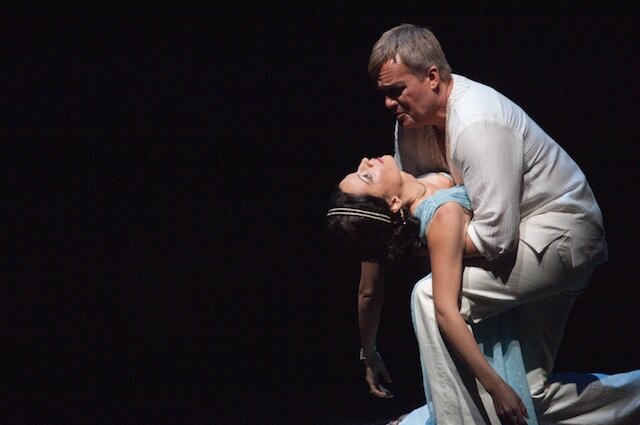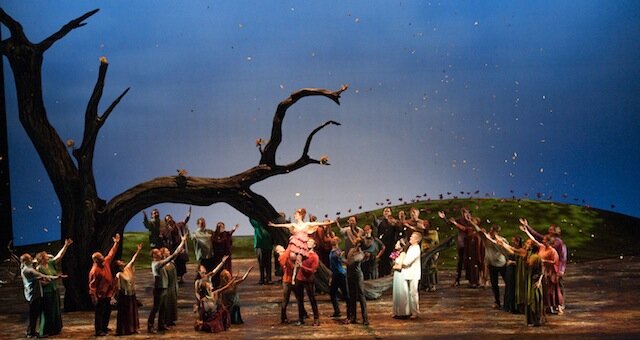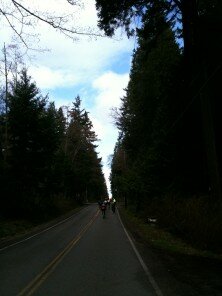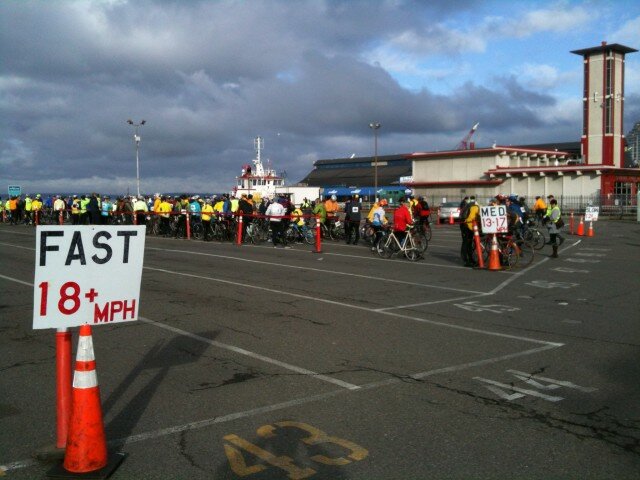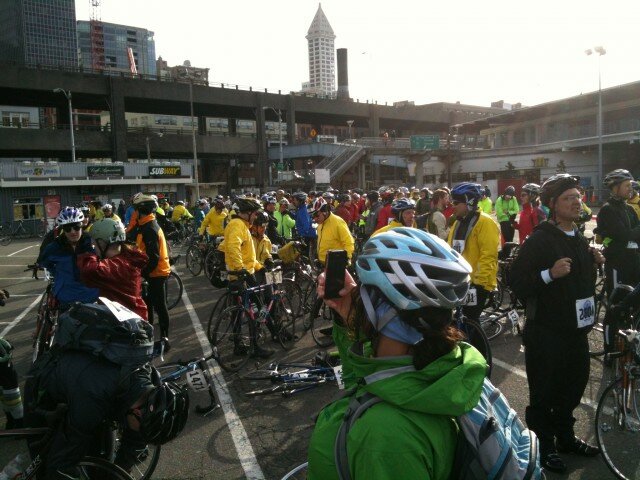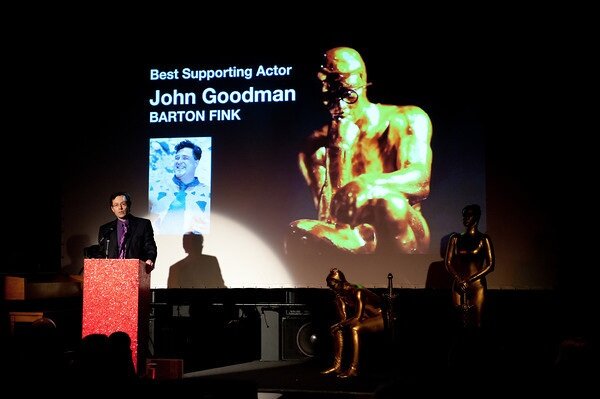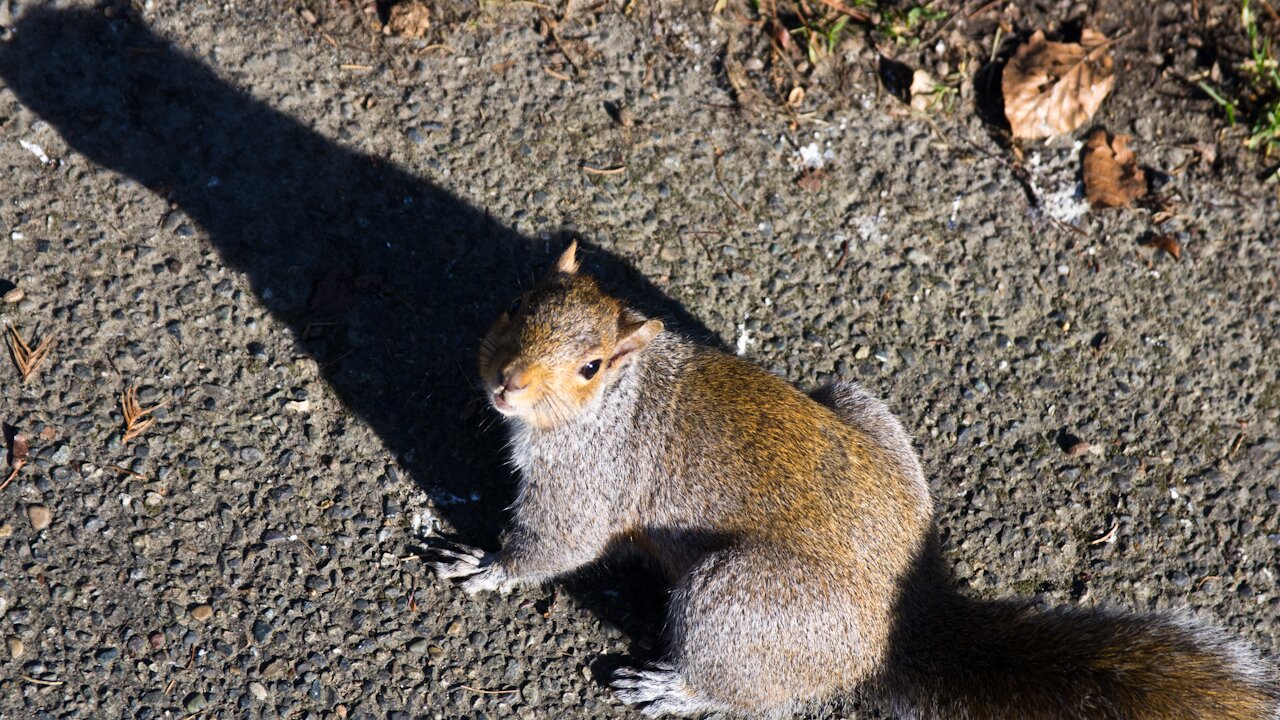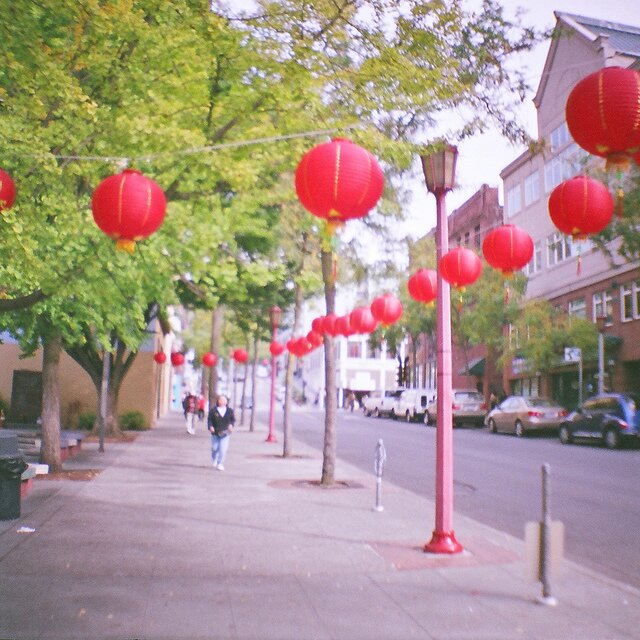
“Restaurant owners in the Chinatown International District say the longer parking-meter hours that started in August,” reported the Seattle Times last week, “have cut business by as much as 50 percent.” Before the Times closed the comments section, 364 people aired their thoughts on the matter, many having based their argument on the plain-as-the-nose-on-your-face data point: Business off 50 percent.
Others pointed out that nothing all that major had changed: the $2.50 per hour rate for metered parking had simply been extended to 8 p.m. from 6 p.m., and if people had stopped coming to Chinatown to eat, they were still parking their cars there: As the Times mentioned, a “sampling of on-street parking in the Chinatown ID in September and October found the new rates are working as the city intended.”
Slap! She’s 50 percent off! Slap! She’s available parking spaces! It was Chinatown all over again.
The City Council’s Tim Burgess emphasizes that what “the city intended” is to allow more customers to park in Chinatown, not fewer. He references a study that showed, far from creating tumbleweedy curbs, parking in Chinatown has been hopping:
Parking occupancy at 7:00 p.m. was measured at 78%, right in the target range of one to two open spaces. Data from our pay stations also shows transactions per day have been consistent in Chinatown/International District since September.
Sightline has taken things further, questioning the “50 percent off” decline in business itself. After all, nothing in the Seattle Times story indicated the reporter saw anyone’s books. Celebrity chef-preneur Tom Douglas was allowed to join the protest, though he “said he couldn’t cite a specific dollar amount or percent of decline.” He was also allowed to say, “More empty spaces means fewer customers,” which is simply wrong.
It’s an interesting leap of logic that your best customers are those who refuse to pay for parking, but “more empty spaces” is simply a mistake. At issue is the frequency of empty spaces. The more frequently a space opens up, the more customers can visit your establishment. Someone who pulls up at 5:55 p.m. in front of your restaurant and parks for free all evening prevents an hourly stream of customers from pulling up afterwards.
Sightline responds: “Perhaps the reason Douglas couldn’t cite a number is that, in truth, Seattle restaurant sales shot up 5.7 percent from the third quarter of 2010 to the third quarter of 2011, when the new parking rates and hours went into effect.”
More specifically, looking at a sampling of aggregated B&O tax data from Chinatown restaurants showed this result: “in the fourth quarter of 2011—by which time the longer paid parking hours were fully in effect—gross receipts shot up a whopping 5 percent compared to the fourth quarter of 2010.”
Up five percent is not 50 percent off. Maybe the “seven community groups and almost 70 restaurateurs” who provoked the Times story can shed some light on the discrepancy. That’s not snark: Sightline used a sampling of restaurants, so there’s always the possibility their data is skewed in some way. But it would be interesting to find out whether any restaurants that did report a five-percent increase in Q4 sales year-over-year signed the letter protesting the parking meters.
